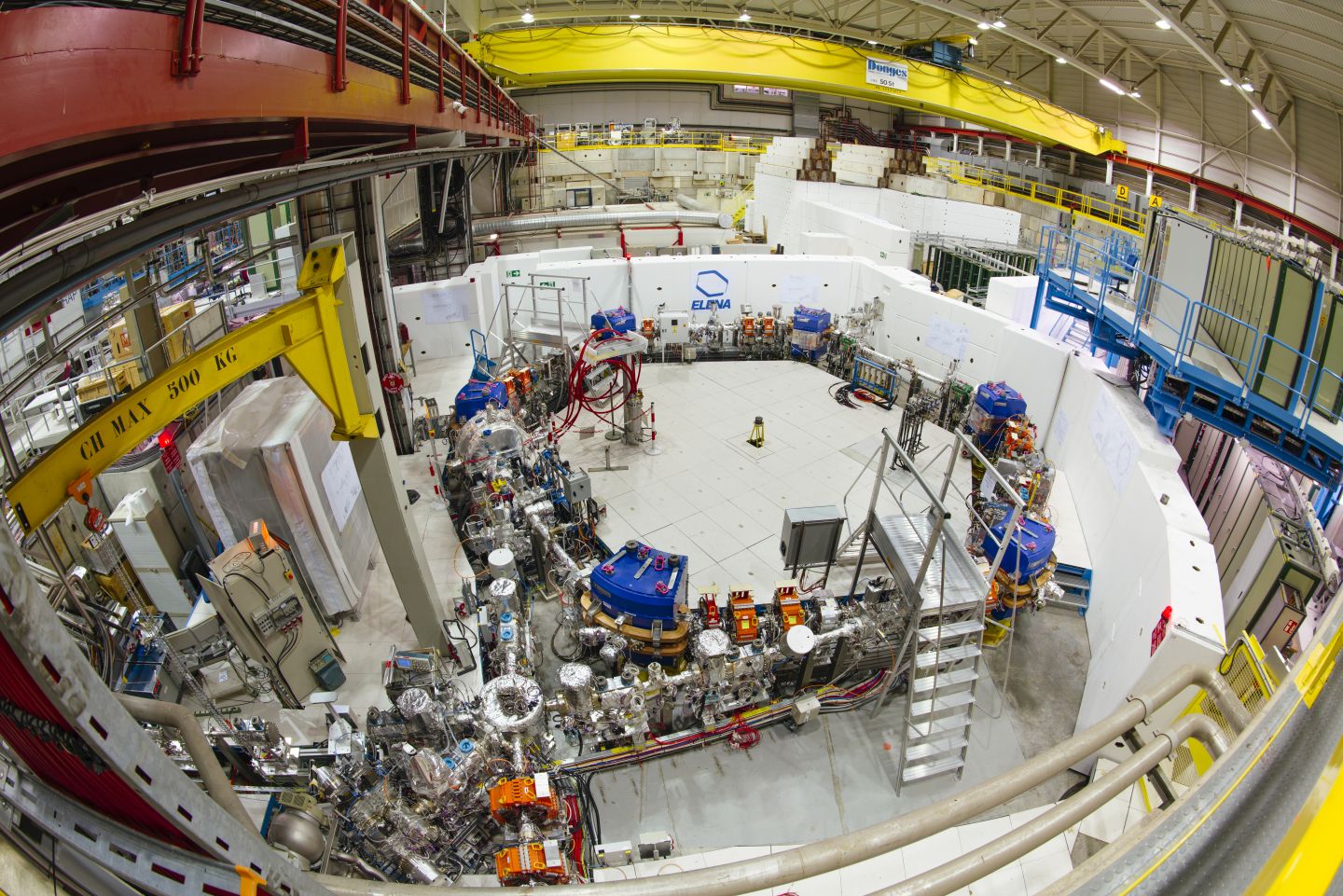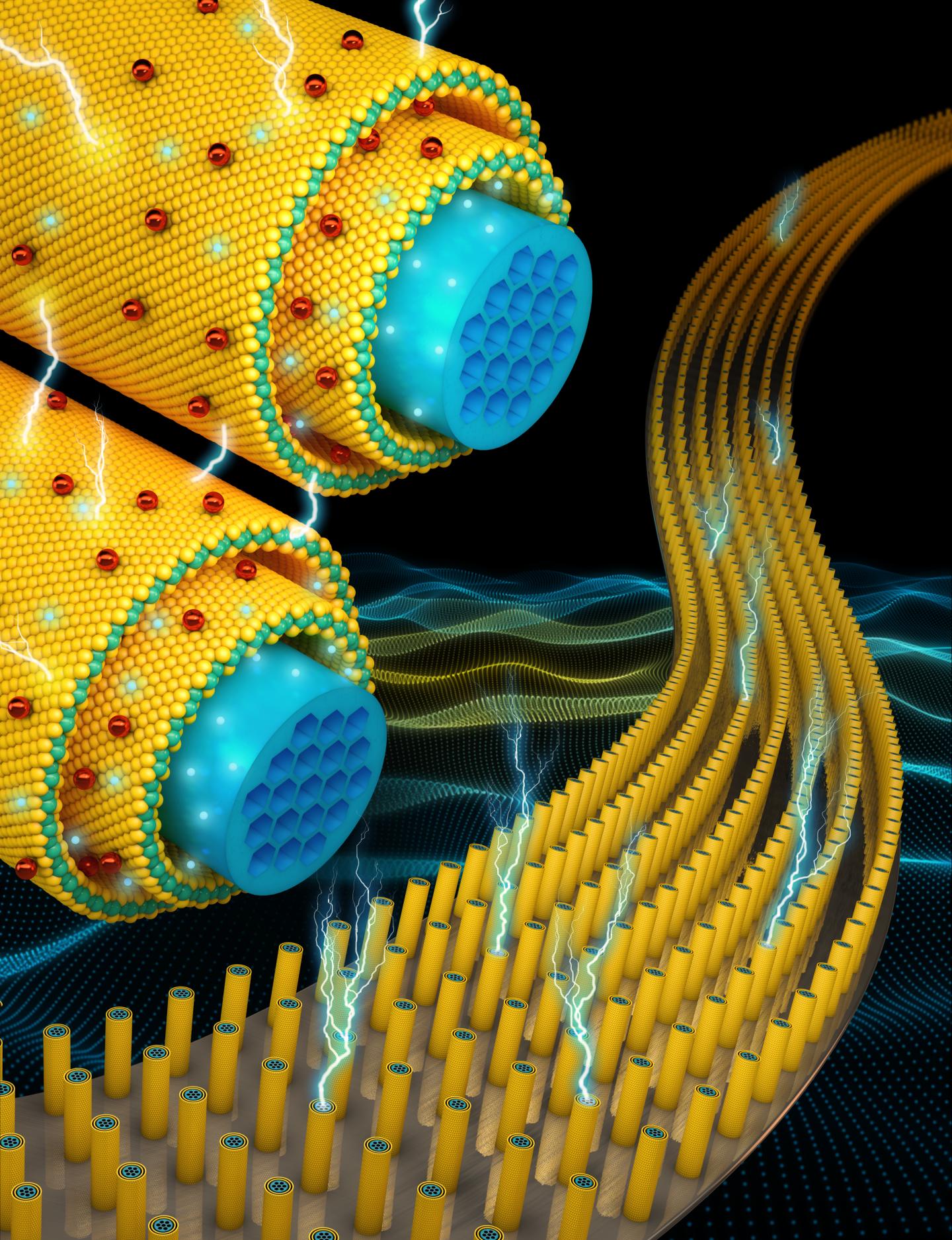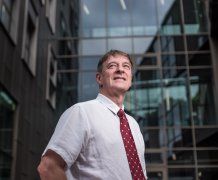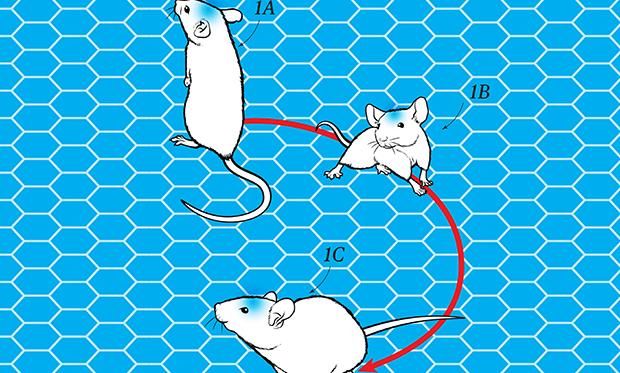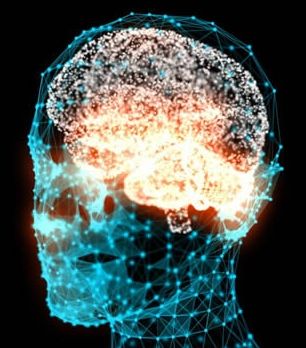Page 10402
Nov 29, 2016
Get Ready for the Easy Bake Oven of Homemade Body Parts
Posted by Carse Peel in category: futurism
You could mistake ELENA for a miniature accelerator. But, unlike most accelerators, it’s housed in a hangar and you can take it all in in just a single glance. The biggest difference though, is that it doesn’t accelerate particles, but decelerates them.
CERN’s brand-new machine measures just 30 metres in circumference and has just begun its first tests with beam.
The ELENA (Extra Low ENergy Antiproton) deceleration ring will be connected to the Antiproton Decelerator (AD), which has been in service since 2000. The AD is a unique facility that enables the study of antimatter.
The new SENS Research Newsletter is out!
SENS Research Foundation email newsletter from 28th November 2016.
Nov 29, 2016
Diamond Batteries Made of Nuclear Waste Can Generate Power For Thousands of Years
Posted by Shailesh Prasad in categories: biotech/medical, nuclear energy, satellites, sustainability
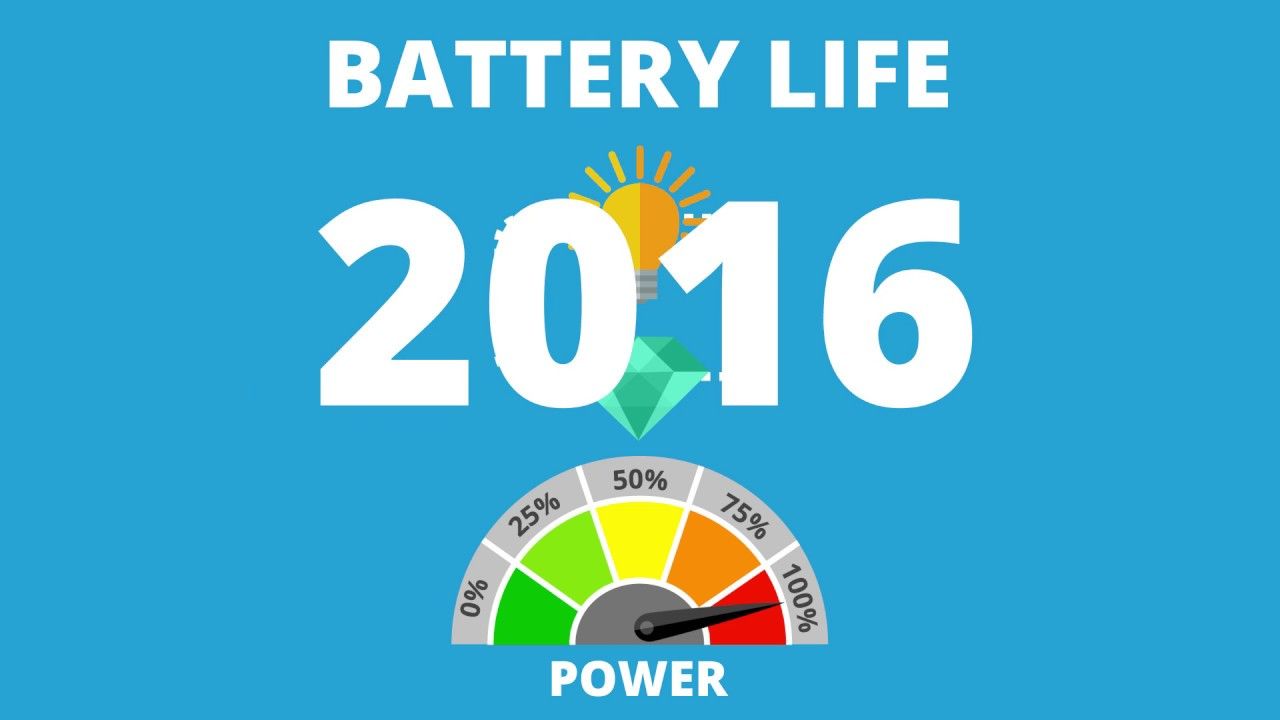
In Brief
- Scientist have developed an ingenious means of converting nuclear power plant waste (76,430 metric tons in the US alone) into sustainable diamond batteries.
- These long-lasting batteries could be a clean and safe way to power spacecraft, satellites, and even medical devices.
Nov 29, 2016
Battery breakthrough charges in seconds, lasts for a week
Posted by Sean Brazell in categories: mobile phones, nanotechnology
Illustration representing the novel design of a hybrid supercapacitor, showing bundles of nanowires (blue) coated with 2D energy-storage materials (yellow) (credit: University of Central Florida)
University of Central Florida researchers have developed a radical new supercapacitor design that could one day replace lithium-ion batteries, allowing users to charge a mobile phone in a few seconds and with a charge that lasts a week, according to the researchers. The new battery would be flexible and a fraction of the size of a lithium-ion battery.
The proof-of-concept design is based on a hybrid supercapacitor composed of a core with millions of highly conductive nanowires coated with shells of two-dimensional materials. It combines fast charging and discharging (high power density) and high storage capacity (high energy density).
Continue reading “Battery breakthrough charges in seconds, lasts for a week” »
Nov 28, 2016
Exeter’s New Living Systems Institute hosts ‘Global Conversation’
Posted by Karen Hurst in category: futurism
The pioneering and world-leading research conducted at the University of Exeter’s state-of-the-art Living Systems Institute (LSI) will form the basis of the latest high-profile Global Conversation event.
The iconic new research facility, located on the University’s Streatham Campus, will host 100 specially-invited guests at the prominent event, held on Monday, 28 November.
The event, the first Global Conversation to be held on campus, gives the distinguished guests an exclusive opportunity to preview the new £52 million LSI facility, which brings together world-leading scientists and researchers from diverse discipline backgrounds.
Nov 28, 2016
Neuroscientists Wirelessly Control the Brain of a Scampering Lab Mouse
Posted by Karen Hurst in categories: genetics, neuroscience
Nov 28, 2016
Brain Implants that Augment the Human Brain Using AI
Posted by Karen Hurst in categories: bioengineering, biotech/medical, genetics, robotics/AI

https://youtube.com/watch?v=ySsv5-jSqss
BMI implant leveraging AI.
You probably clicked on this article because the idea of using brain implants to allow artificial intelligence (AI) to read your brain sounds futuristic and fascinating. It is fascinating, but it’s not as futuristic as you might think. Before we start talking about brain implants and how to augment the human brain using AI, we need to put some context around human intelligence and why we might want to tinker with it.
Continue reading “Brain Implants that Augment the Human Brain Using AI” »
Nov 28, 2016
Brain Activity Predicts the Force of Your Actions
Posted by Karen Hurst in categories: biotech/medical, neuroscience
Summary: Researchers have discovered a link between nerve clusters in the brain and the amount of force generated by a physical action.
Source: Oxford University.
Researchers have found a link between the activity in nerve clusters in the brain and the amount of force generated in a physical action, opening the way for the development of better devices to assist paralysed patients.


